What’s The Best Material for Robot Hardware? -Structural Parts
 Apr 11,2025
Apr 11,2025

Now, the world is shifting towards robots because they are quicker and more cost-effective. Some robots contain fixed pre-programming; for instance, some robots can perform only welding operations in the industries. Some robots often use Artificial Intelligence (AI) to learn, adapt to any environment and then make decisions. These AI-based robots are more advanced in terms of technology. Due to the growing demand for robots in various industries, including hotels and libraries, this article provides information on the preferred materials for robot hardware, specifically structural parts.

Why Does Robot Material Choice Matter?
As we mentioned earlier, there are multiple types of robots available nowadays, which differ in their abilities to perform various actions. So, every robot will need a suitable kind of action it will perform. Like maybe, a robot needs to operate in an aeroplane, which means the material for its structural parts must be lightweight and strong and so on in different applications. It is important to choose suitable material to get maximum output from a robot.
What Makes a Material "Good" for Robot Hardware?
The robot hardware is a sensitive part of a robot. So, any material which fulfils its requirements will be considered good material. The main criterion is whether a material keeps balance among properties such as cost, weight, strength, etc., and is a good material for robot hardware.
Robot Hardware Components List Overview:
The following table shows some important hardware components of a robot:
|
Component |
Description |
|
Frame/Chassis |
The structural framework supports all other components. |
|
Locomotion System |
Includes joints and actuators that enable movement. |
|
Sensing System |
Sensors that allow the robot to perceive its environment. |
|
End-Effector |
Tools or grippers at the end of a robotic arm, often equipped with sensors. |
|
Connectors & Accessories |
Fasteners and other small parts that hold the robot together. |
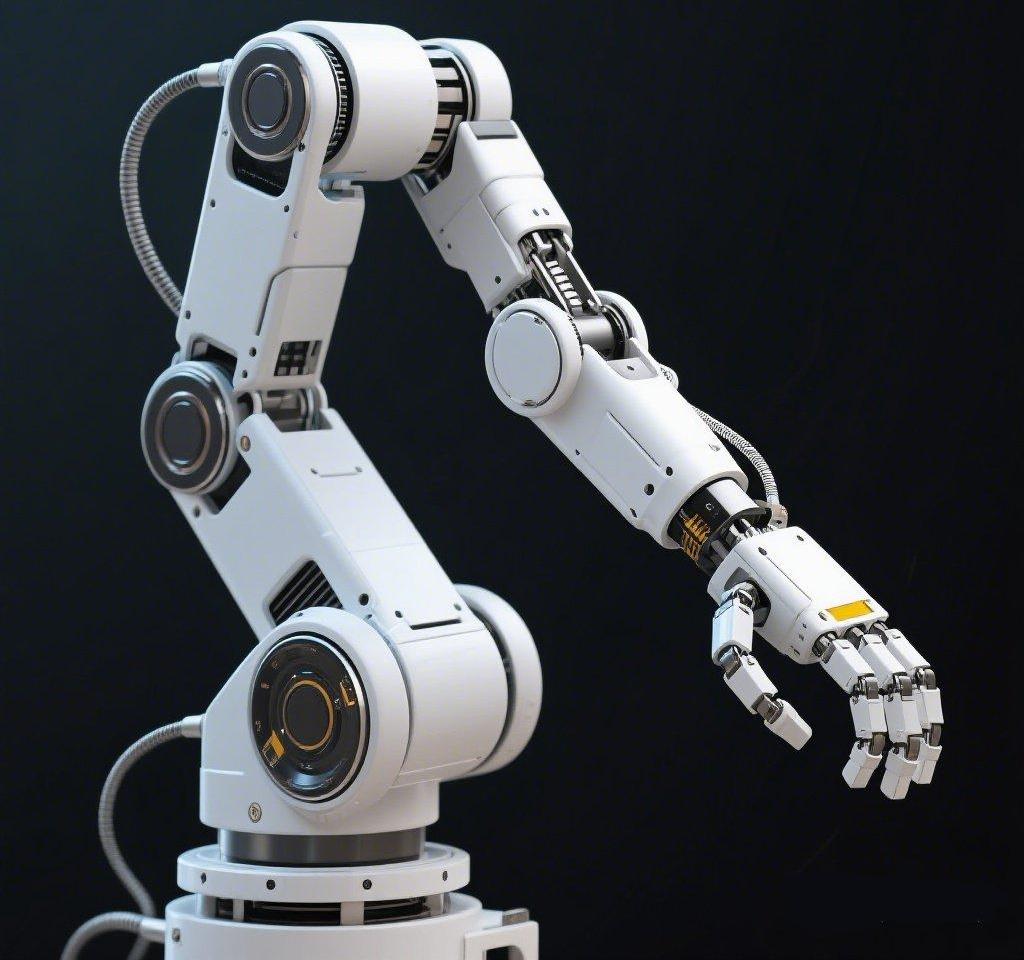
Key Properties to Compare: Strength, Weight, Cost, Durability
In the above section, we just mentioned these properties as the criterion for a material to be considered as good material. But in this section, we will compare them in a little more depth.
Strength
- material with high strength requires high force to break it
Weight
- Lightweight materials make robots easy to move
Cost
- Cost-effective materials are always preferable
Durability
- Durability means resistance to wear, corrosion, etc.
Metals List for Robot Hardware
It is hard to find a material which comes up with all the required properties such as high strength, lightweight and cost-effective. There are multiple materials, such as steel, Al, Ti, etc., which excel in different properties. This section provides comprehensive information related to these materials in terms of robot hardware or structural parts.
Steel vs. Aluminum vs. Titanium: Which Metal Fits Your Robot?
In this section, we have explored some primary metals which are used to manufacture structural parts of a robot. We have compared these metals concerning their properties and then their applications.
Steel (4140 & 304)
In steel, 4140 and 304 steel alloys are commonly used in structural parts, such as in the manufacturing chassis of a robot. 4140 steel is an alloy steel like main alloying elements include Cr and Mo, while 304 is an austenitic stainless steel.
Properties
- Durable, high strength but heavy, cost-effective than Ti
Application
Chassis/Frame: Due to high-load bearing capacity and structural integrity, steel is used in making robotic arms for welding.
Locomotion System: In robotics, steel joints are preferred in high-stress applications.
Aluminum (6061-T6 & 7075-T6)
6062-T6 and 7075-T6 grades are common in robot hardware, such as in end effectors. 6062-T6 Al grade is a Si-Mg alloy while 7075-T6 Al grade is considered aircraft grade Al. T6 means that both alloys have undergone a heat-treatment process and artificial ageing.
Properties
- Corrosion-resistant, lightweight and high strength-to-weight ratio
Applications
End-Effector:Al grippers are used where high-precision is required without added weight.
Frames/Chassis: Al is used to make frames of fast-speed drones.
Titanium (Grade 5 & Grade 2)
Titanium Grade 5 and Grade 2 are used in robot hardware, i.e. locomotion systems, sensing systems. Grade 2 Ti is pure titanium, and Grade 5 Ti is an alloy titanium which contains Al and V.
Properties
- Lighter and stronger than steel, excellent corrosion resistance
Applications
- Sensing System: Ti housings are used in robotics hardware to protect the sensing system.
- Locomotion System: Ti actuators provide weight reduction and durability, so used in critical robots like surgical robots.
- Medical Robots, aerospace applications
Magnesium:
Mg is used in aerospace robotics hardware. Its main alloying elements include Al and Zn.
Properties
- Extremely Lightweight and has good strength but is not so durable
- High strength-to-weight ratio
- Excellent for vibration damping
Applications
Aerospace Robotics: Mg is used for frames of satellites where low weight is the primary requirement
Wearable Exoskeletons: Mg is used in medical rehabilitation robots to reduce user fatigue
Copper, Brass, and Bronze
Copper, brass and bronze are materials which are used for their electrical conductance. For instance, C101 Cu is 99.99% pure Cu and is commonly used in robot hardware.
Properties
- very high electrical conductivity, good corrosion resistance
Applications
- used in electrical components as connectors
Plastics List for Robot Hardware
When we see the usage of plastics in robot hardware, the first thing which comes to mind is that plastic has such strength or resistance to temperature. The answer is yes because of the advancements in materials science. We change the microstructure of the plastics and make them stronger. This section presents some important plastics in the robot hardware industry.
ABS vs. Nylon vs. Polycarbonate: Which Plastic Is Tougher?
The following are some properties which decide which plastic material is tougher.
ABS:
ABS stands for Acrylonitrile Butadiene Styrene. It is a thermoplastic polymer, so it is recyclable. It is used in the structural components of a robot, e.g. 3D-printed brackets.
Properties
- Amorphous, Opaque
- High toughness and impact resistance
- Good stiffness 0–2.4 GPa
- Easy to mould, machine and paint
- Cost-effective
Applications
Structural Frames: Due to ease of machining, it is used in low-cost educational robots, i.e. LEGO Mindstroms
End-Effector Housings: Their high impact resistance protects the sensors in collaborative robots
- Used in 3D printing, automotive parts, food processing
Nylon: Nylon 6/6 vs. Nylon 12
Nylon is a synthetic polymer that contains amide linkages (CO-NH). Nylon 6/6 is composed of hexamethylene diamine and adipic acid, and 6/6 means the number of C atoms in each monomer. It's a very rigid plastic, a stiff and high-strength polymer. 12 C atoms in each monomer; that's why it is called Nylon-12.
- Nylon 6/6: Gears and Bushings
Used in gears and bushings of SCARA robots due to its wear resistance and high strength.
- Nylon 12: 3D-Printed Flexible Parts
Because of its resistance to chemicals and good mechanical properties, it is used in 3D-printed flexible parts (Pick-and-Place robots).
In delta robots' Z-axis, Nylon bushings reduce weight, directly enhancing the acceleration rates.
Polycarbonate:
It is a thermoplastic polymer containing carbonates in its chemical structure. They are used in many applications, from bulletproof jackets to compact disks. Polycarbonate material is good for those where visibility is required, like in inspection robots.
Properties
- Transparent, Heat Resistant, Durable and Flexible
Applications
Sensor Domes: Protects vision systems in autonomous robots (AMRs)
Safety Shields: Used in Shatter-resistant windows for industrial robots
Advanced Plastics: PEEK 450G & ULTEM 1000
Advanced plastics are considered high-performance polymers and are used where the quality of the material is irrespective of cost. Some advanced plastics include PEEK 450G and ULTEM 1000.
PEEK 450G
PEEK standards for polyether ether ketone in polymers, and 450G means its weight range.
Properties
- High strength, heat-resistance, chemical resistance, biocompatibility and good machinability
Applications
PCB Trays: It resists static discharge in semi-conductors handling robots
Flame-Retardant Housings: It meets with UL94 V-0 in battery-powered logistics robots.
ULTEM 1000
ULTEM 1000 is an unfilled amorphous thermoplastic polyetherimide (PEI) material.
Properties
- High strength and stiffness but lower than PEEK
- Resistant to continuous 170 ° C temperatures
- Flame resistant
- Easy to machine and fabricate
- Resistant to chemical reactions
Applications
- Used in electronics, housing for plastic robots
- Best for environments with fire hazards, i.e. collaborative robots
Composites: Combining the Best of Metals and Plastics
Composites are the most advanced materials in recent times. A composite contains properties of two different materials. For instance, in the case of metal-metal composite, the matrix is any metal and the reinforcement can be ceramic particles, etc. so, that the composite contains properties of both materials, i.e. ductility and strength.
Carbon Fiber vs. Fiberglass vs. Kevlar
Carbon fibre, fibreglass and Kevlar are the common reinforcements in composites. So, let's dive into their properties.
Carbon Fiber: Strongest and Lightest
Although Carbon fiber is the strongest and lightest material it is an expensive material. Due to its excellent properties, it is widely used in the aerospace industry. It is used in Formula cars in disc brakes etc.
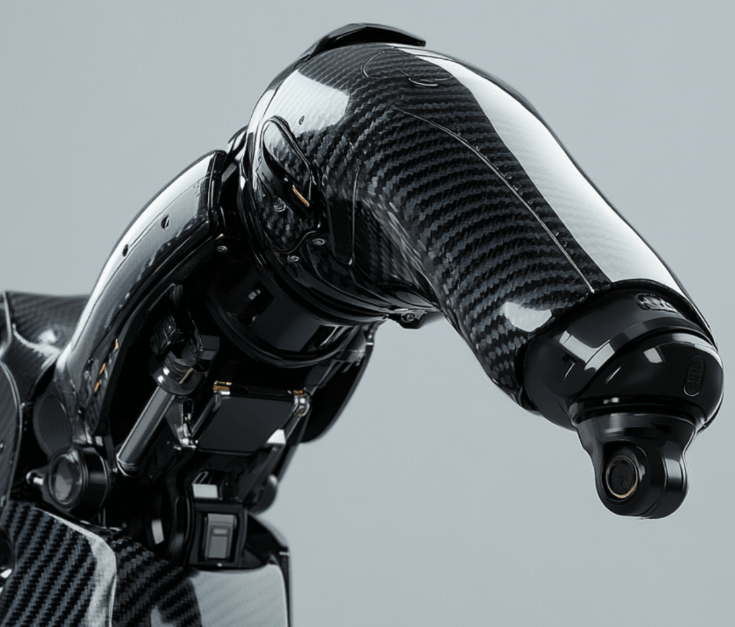
- It is used in Boston Dynamics' Spot robot, NASA's Mars rovers
Fiberglass: Cheaper but Heavier
Good strength but is lower and heavier than carbon fibre. It is cost-effective.
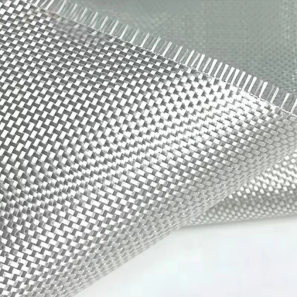
Applications
- Drone Frames
- End-Effectors: In abrasive environments, it is used for fiberglass-reinforced grippers
- Used in protective panels of robots
Kevlar: Best for Impact Protection
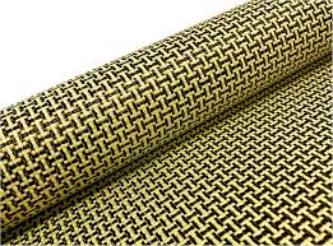
Kevlar fibre is known for its highest impact resistance. Its other mechanical properties are not as good as those of Carbon fibre, but lightweight.
Applications
Treads/Wheels: For collision-prone robots, used in Kevlar-reinforced skins
Protective Gears: In demolition robots, used as shields for sensors
New Materials: Are They Better Than Traditional Options?
Scientists are motivated to find new materials with better properties but in a cost-effective way. In these materials, Graphene and biodegradable plastics are the most common. So, let's figure out how they can contribute to the robotics revolution.
Graphene vs. Titanium: Can It Revolutionize Robotics?
After analyzing the pros and cons of new materials, we can assume which material will be more effective in robotics.
Pros:
Extremely stronger and lightweight material with good electrical conductivity.
Cons:
Its manufacturing is very difficult, which makes it an expensive material.
Biodegradable Plastics vs. Traditional Polymers: Eco-Friendly Trade-offs
In recent times, biodegradable plastics have become very useful because they naturally decompose into useful products like water, etc. For instance, polylactic acid is a common biodegradable plastic.
Pros:
Environment-friendly and low waste.
Cons:
Low mechanical properties and high cost.
Material Comparison: What's Best for Your Robot Type?
Till now, we have discussed many materials, metals, plastics, composites and new advanced materials. In this section, we will see which material can be more effective for a specific type of robot.
Industrial Robots: Steel or Advanced Composites?
Steel is durable for those robots in the industry which will perform heavy duties. Advanced composites are the better choice when you need low energy consumption but high speed because of their lightweight property.
Small Robots: Aluminum vs. Carbon Fiber Plastics
Small robots such as drones and some light-weigh robots. For high performance, you should choose carbon fibre plastics, and for durability and impact resistance, choose Al.
Medical Robots: Titanium vs. PEEK
For medical robots such as the Mako-Robotic Arm, Ti is preferable due to its strength and load-bearing properties.
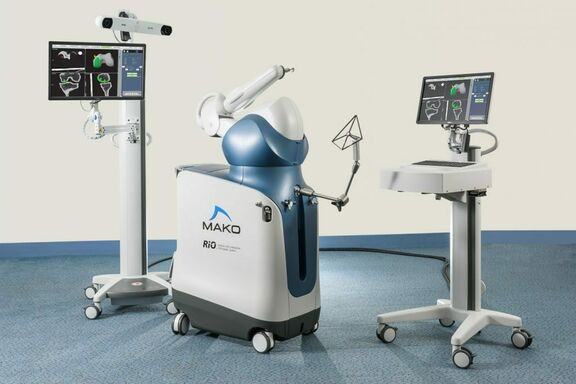
PEEK is good to choose for lightweight and radiolucent parts.
How Are Robot Materials Made and Shaped?
In this section, there are some important manufacturing techniques for making robot materials and then bringing them into the required shapes.
CNC Machining vs. 3D Printing: Which Is Faster and Cheaper?
CNC Machining
When you need the highest accuracy and tight tolerances in the parts, CNC machines are used. These machines are expensive to manufacture any material.
3D Printing
3D printing is a cheaper and faster manufacturing technique in robotics. It is suitable for plastics and prototyping.
Casting vs. Injection Molding: Best for Metals vs. Plastics?
Casting is a technique in which the first material is melted and then brought into the desired shape using a mould. It is suitable for metals and complex shapes.
For Plastic materials, injection moulding is suitable.
Common Problems: Which Materials Fail Most Often?
There are many common problems which ultimately result in material failure. Let's discuss them in this section.
Rust in Steel vs. Cracking in Plastics
When steel is used in harsh conditions, it rusts. This rust decreases steel's integrity, which ultimately fails.
In the case of plastics, when they remain exposed to sunlight or cold temperatures, they become brittle and fail catastrophically.
Heat Damage: Do Composites Handle It Better?
It depends on the intensity of the heat. Under higher temperatures, metals perform well. But in 100oC – 180oC temperatures, composites are fine.
Conclusion:
In this article, we discussed which are the common materials which are used in robot hardware or structural parts. We can conclude that multiple materials are available for robot hardware but are chosen according to the requirements. For instance, steel is a very good choice for robot hardware which is used for heavy duties in industries, and composites are preferable for small robots or drones. Different manufacturing techniques are chosen based on the material. For instance, injection moulding is a more accurate choice for machining plastic materials. New materials, such as biodegradable plastics, are coming into the market, which are more sustainable for robot hardware.
FAQ: Your Robot Material Questions Answered
Why are robots made of metal?
Because metals are cost-effective, easy to machine, durable and have good mechanical properties.
What are the 5 major components of a robot?
- Frame
- Locomotion System
- Sensing System
- End-Effector
- Connectors & Accessories
What is the best metal for robots?
It depends on the robot's applications, but steel is the most common material for robots.
Can robots be made entirely of plastic?
Yes, it is possible, but plastics are not so durable and strong.
 Tel/WeChat:
Tel/WeChat:  Email:
Email: 
 Home
Home
 10 Types of Precision Shaft Machining Processes: All You Need to Know
10 Types of Precision Shaft Machining Processes: All You Need to Know 







